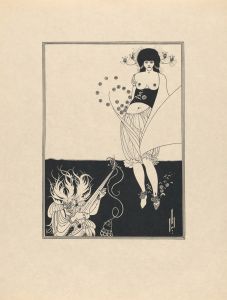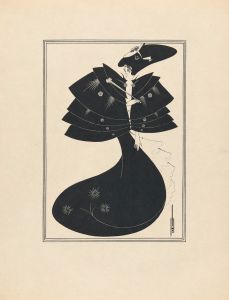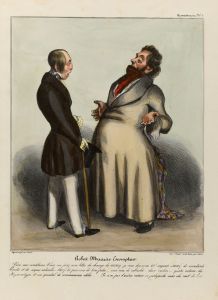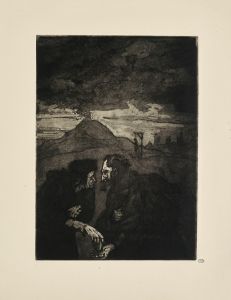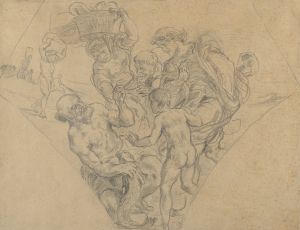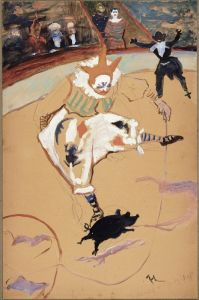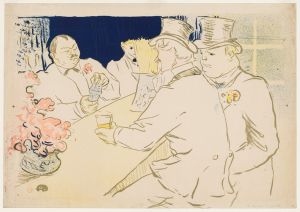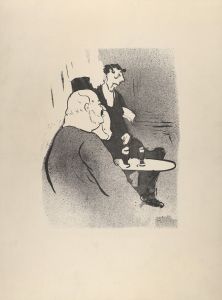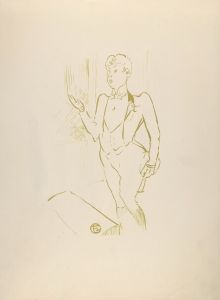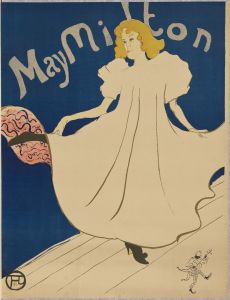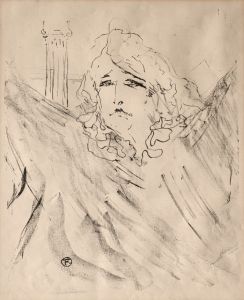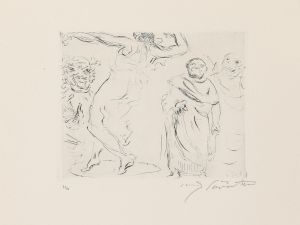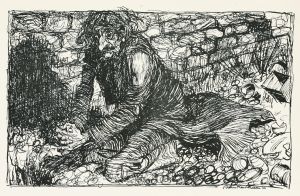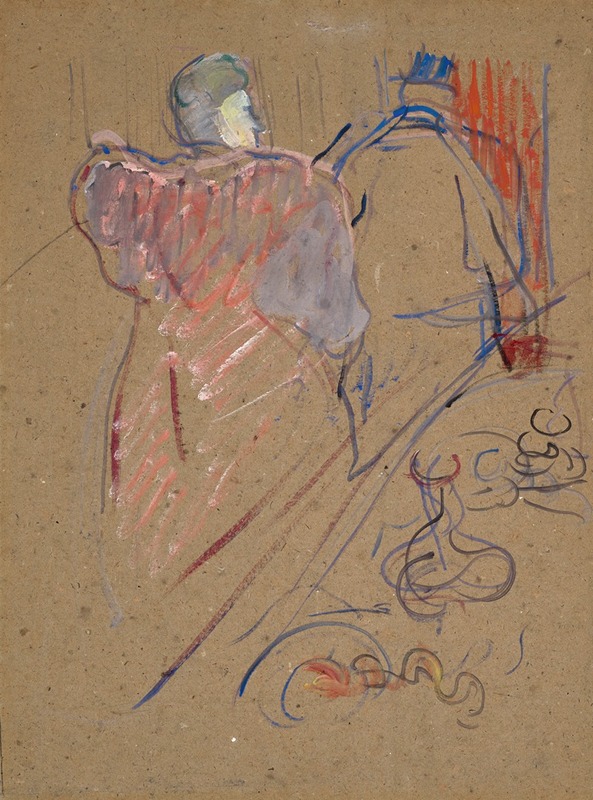
L’Argent
A hand-painted replica of Henri de Toulouse-Lautrec’s masterpiece L’Argent, meticulously crafted by professional artists to capture the true essence of the original. Each piece is created with museum-quality canvas and rare mineral pigments, carefully painted by experienced artists with delicate brushstrokes and rich, layered colors to perfectly recreate the texture of the original artwork. Unlike machine-printed reproductions, this hand-painted version brings the painting to life, infused with the artist’s emotions and skill in every stroke. Whether for personal collection or home decoration, it instantly elevates the artistic atmosphere of any space.
Henri de Toulouse-Lautrec, a prominent French painter, printmaker, and illustrator, is renowned for his depictions of the vibrant and often decadent life in Paris during the late 19th century. One of his works, "L’Argent," exemplifies his keen observation of human behavior and society. However, specific details about this particular painting, such as its creation date, current location, and the context of its subject matter, are not widely documented or available in public records.
Toulouse-Lautrec's oeuvre primarily focuses on scenes from the Montmartre district of Paris, capturing the essence of the bohemian lifestyle that characterized the area. His works often feature the nightlife, including cabarets, dance halls, and brothels, portraying the performers and patrons with a blend of realism and caricature. His unique style is marked by bold lines, dynamic compositions, and a vivid use of color, which together convey the energy and emotion of the scenes he depicted.
"L’Argent," translated as "The Money," suggests a theme related to financial transactions or the influence of money, which was a recurrent topic in Toulouse-Lautrec's work. The artist frequently explored the social dynamics and power structures within the settings he painted, often highlighting the role of money in the relationships between individuals, particularly in the context of the entertainment and sex industries of Paris at the time.
Toulouse-Lautrec's approach to art was heavily influenced by his personal experiences and physical condition. Born into an aristocratic family, he suffered from a genetic disorder that resulted in stunted growth and physical disabilities. These challenges, coupled with his immersion in the Parisian nightlife, provided him with a unique perspective on society's underbelly, which he portrayed with both empathy and critical insight.
Throughout his career, Toulouse-Lautrec produced a vast array of works, including paintings, posters, and prints. His innovative techniques and subject matter had a significant impact on the art world, contributing to the development of modern art movements such as Post-Impressionism and Art Nouveau. Despite his relatively short life—he died at the age of 36—his legacy endures, with his works continuing to be celebrated for their artistic merit and historical significance.
While specific information about "L’Argent" is limited, the painting is part of Toulouse-Lautrec's broader body of work that offers a window into the cultural and social landscape of fin-de-siècle Paris. His art remains a testament to his ability to capture the complexities of human nature and the societal forces at play during his time.





